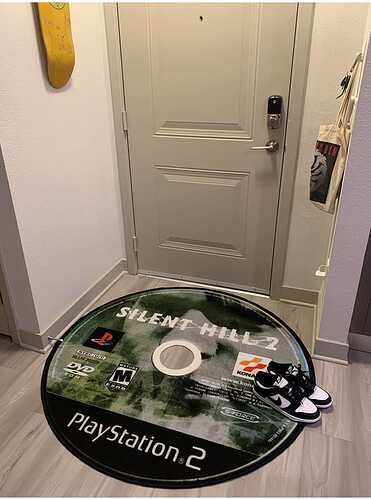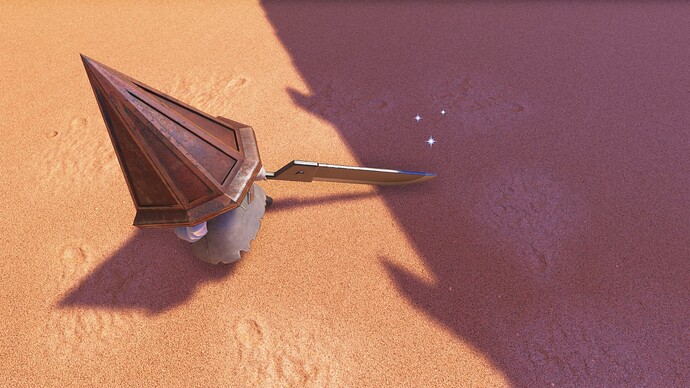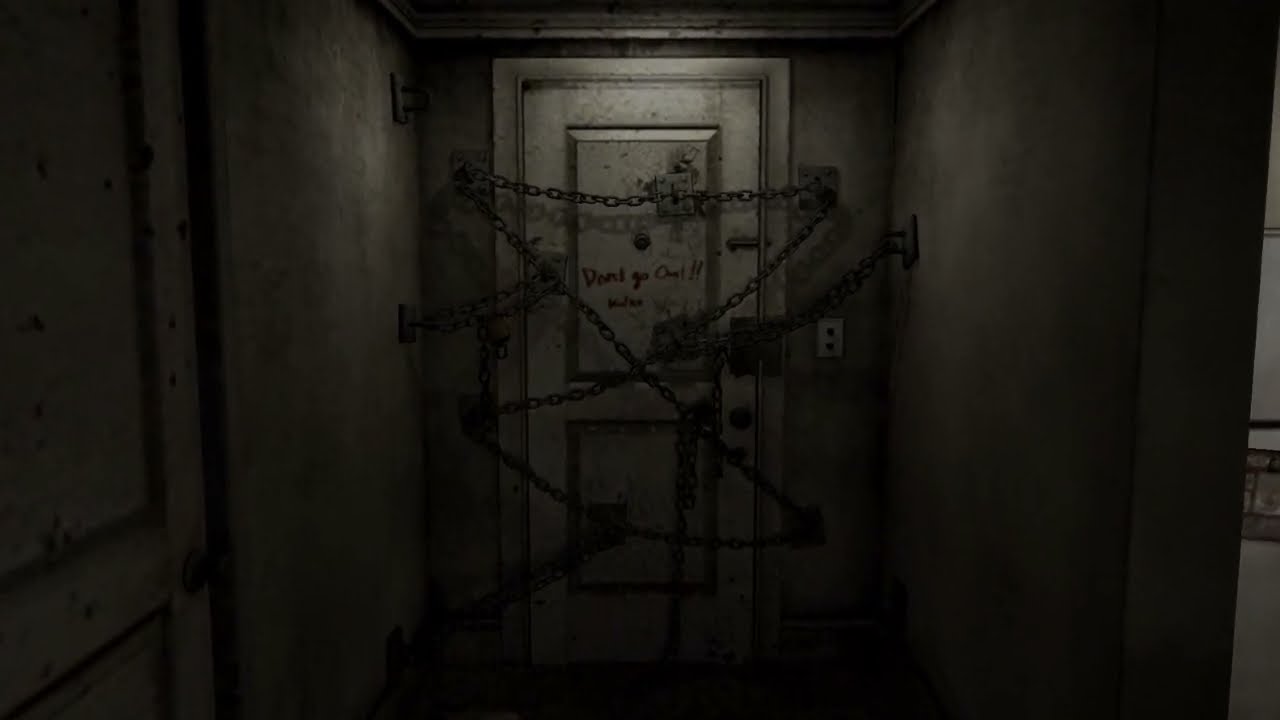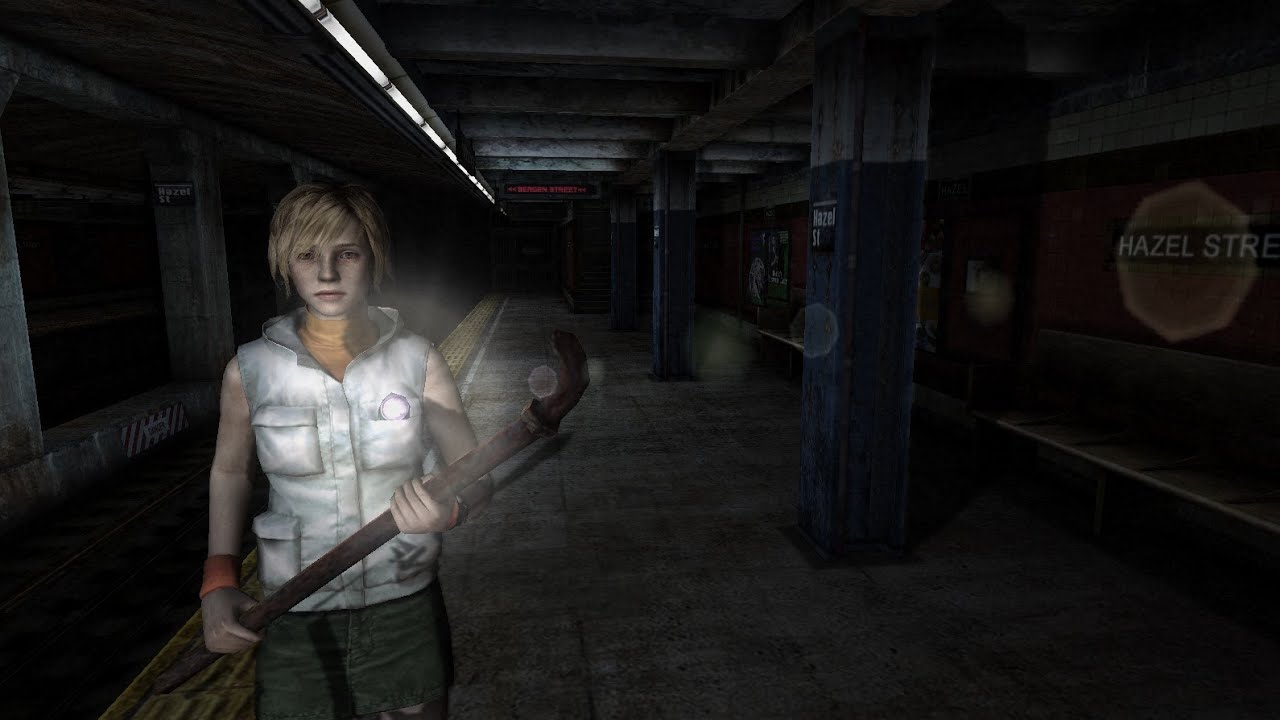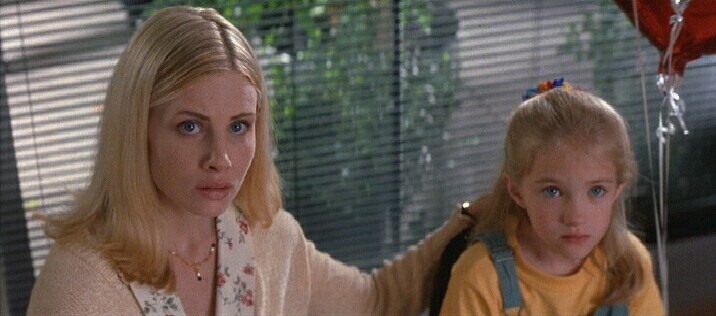I agree, but the “action” sequences were so bad
there was a PS2 port? I thought it came out like after the PS2 died
Yeah, and there still was one for some reason
Shattered Memories was pretty bad in retrospect. The psychological profiling was poorly implemented: any person familiar with survival horror game logic tends to explore every nook and cranny to begin with. No, I wasn’t looking at that sexy mannequin because I’m an utter pervert, but only because I am curious about my surroundings. Secondly, the puzzles were of kindergarten variety mundane. But if there is anything really damning this game to hell, it’s the action sequences. I’m not maddened by the removal of combat, but who on the design board thought it’s a good idea to have these sequences be so discrete? It completely extinguishes the tension. In other Silent Hill games, the exploration and combat were interwoven. This ensured that you’re always on the edge and it also meant that the actual combat mechanics didn’t have to be that great. But now you have these banal action sequences which: a) have no impact on the rest of the game, since you don’t use nor need to conserve resources, b) require no stealth nor observation, all you got to do is follow the blue light like a mindless chicken, c) have harmless mooks.
The only aspects I took a liking to were the icy environments, which I thought was a neat reimagination of the Otherworld. The story was somewhat interesting, but most of the surprising and good bits were the effect of drawing a contrast between the original story, rather than appreciating the narrative as its own thing.
All in all, I think Westerners and even pseudo-Westerners like Kojima are incapable of understanding the soul of the franchise, so I don’t even feel much remorse about the untimely death of Konami and Silent Hill.
James fixates on the paraphernalia of medicine and sickness—nurses, bile, pustules, contagion, and amputation all figure in his psychosexual delirium. Philosopher Julia Kristeva names the abject as that which “disturbs” categories of order and identity, a thing which negates and opposes and fascinates. James’s Silent Hill is poised on the edge of abjection, a place that vomits forth what he does not want to know and cannot stop thinking about.
James is repulsed by and attracted to physical illness. He repeatedly murders the projections of his own fetishes and is pursued by a hulking, sexually violent executioner with a frightfully big sword. He externalizes his fascinated disgust with his wife’s mottled, changed body as rotting dolls of flesh that taunt him with their shapely gams. No matter how many of these apparitions James beats into the ground with a lead pipe or spiked piece of wood they keep coming: Chittering, twitching, spewing bile.
Mary’s debility was both burden and beacon for James; perhaps it was his own attraction to her decaying body that he felt he could only answer with annihilation as much as it was some unspecified resentment. He is at the mercy of his perversions, not self-possessed enough to make sense of or outgrow these blind urges. Maria, Mary’s malleable double, is cast in the image of conventional straight male fantasy; the other side of James’s desire is found in the restrained, deformed bodies of the monsters that wander his Silent Hill—bodies that reflect Mary’s terminal immobility, a helplessness which bleeds into and is indistinguishable from more stereotypical sites of sexual fixation like legs, lips, and breasts. The writhing “lying figure” has an enviable bubble butt and platform boots in addition to a kind of flesh-wrought bondage suit that restrains its folded arms and zips over its face. James doesn’t just resent his wife’s illness—he wants to fuck it, and is disgusted by his own desire to do so, but still , and on and on and on.
In Brookhaven Hospital James finds the “bubble head nurses,” whose bulging cleavage and latex-wrapped, impossibly twisted heads allude not only to James suffocating Mary but the horrific implication that he liked it—that he took sexual pleasure from killing her. The staggering, broken-limbed nurses may as well have condoms stretched thin over their swollen faces; James weakly fights them off with whatever weapon he has at hand, attempting to restore dominion over the purulent discharge of his abject desire.
Japanese models bound in bandages, eyepatches, and slings characterize the work of photographer and cartoonist Romain Slocombe. Slocombe claims his photos “enhance the femininity of the model” and draw the eye in a different way than conventional costuming might—it is a kind of medical bondage. His wincingly fetishistic conception of the models as “broken dolls” is reflected in the incongruously poetic titles of pinku and splatter movies like 1998’s Tumbling Doll of Flesh and 1985’s Flower of Flesh and Blood, which with the philosophical-historical blessing of ero guro art, muzan-e prints, the Marquis de Sade, and Georges Bataille relish in the detailed debasement, murder, and dismemberment of women.++
In this light, it’s no surprise that James re-learns the truth about Mary’s death via a literal snuff tape. Only through the act of watching himself kill Mary can he finally accept the truth; only by playing voyeur to a murder he committed can he conceptualize it as real. Bataille wrote about the killing of Christ as a wound inflicted both by and on humanity, a preordained sin whose “loathsomeness” taints every person and yet unifies them with God. “The guilt is a wound lacerating the integrity of every guilty being,” he wrote. Thus in James’s hell Maria dies again and again; even the woman James created for himself is not spared from his pathetic, annihilating desires. James sees himself dead from a gunshot wound to the head, a punctuation mark from another world. He journeys through a nightmare woven from the fabric of his fetishes, his sins, his repression, his plain uninteresting stupidity—constantly confronted with holes , sticking his arm into holes, jumping into holes, finding only more depravity beyond. The guilt is a wound; the guilt is a hole.
Mary’s full letter, read over the game’s credits, reveals the depths of her love for James. All she wanted was for him to move on after her death and be happy. Mary blamed herself for the illness that destroyed her body, calling it a “terrible thing” she did to him. She waits, “wrapped” in her “cocoon of pain and loneliness,” for death. But it was her husband she wanted, not death . She wanted him to embrace her, to stay by her as she faded away.
Instead James kills her to free himself and recedes into the narcotizing fog of his self-loathing. But he can’t stop probing the wound. He fetishizes the act itself, the illness, the hospitalization, all of it metastasizing into a tumorous labyrinth to house his sin. The version of Mary-Maria that James ultimately finds on the hotel roof is a saint of suffering, wearing a filthy habit and crucified upside-down like Peter in a metal cage, swarming with moths in her resplendent decay. The flower of James’s sin blooms in her; here is the full weight of his perversions, immobilized, medicalized, willful and yet an object, dead and yet forever in pain.
[ominous sting]

Not to just recite our own words; Booji and I talked a lot about Shenmue and Silent Hill 2 on our recent Hinge Problems. They have a lot more in common than we expected.
silent hill 3 is definitely my favorite! though i think it looks much better on ps2 than on the remaster, which is way too bright for me. i love how dazed and deadpan it is and i’m always thinking about that long walk home from the mall. when we were playing it i made a silly period-accurate playlist of songs i imagined heather was into as a high schooler https://open.spotify.com/playlist/4TYbojp6IYc7gqZCrBcQF2?si=oajxTEplT8yXu5j0C_R95A
A dumb thing that I think skewed 3 away for me more than most factors is that the first games let you customize the controls, which was great because the default controls felt really awkward to me—but SH3 doesn’t let you do that.
SH4 is just so strange in every way that this concern barely registers. (This is also why it is glorious.)
came here to post this
Edit: Also, I just learned from that discussion that the figure you see in that sequence is Lisa Garland.


